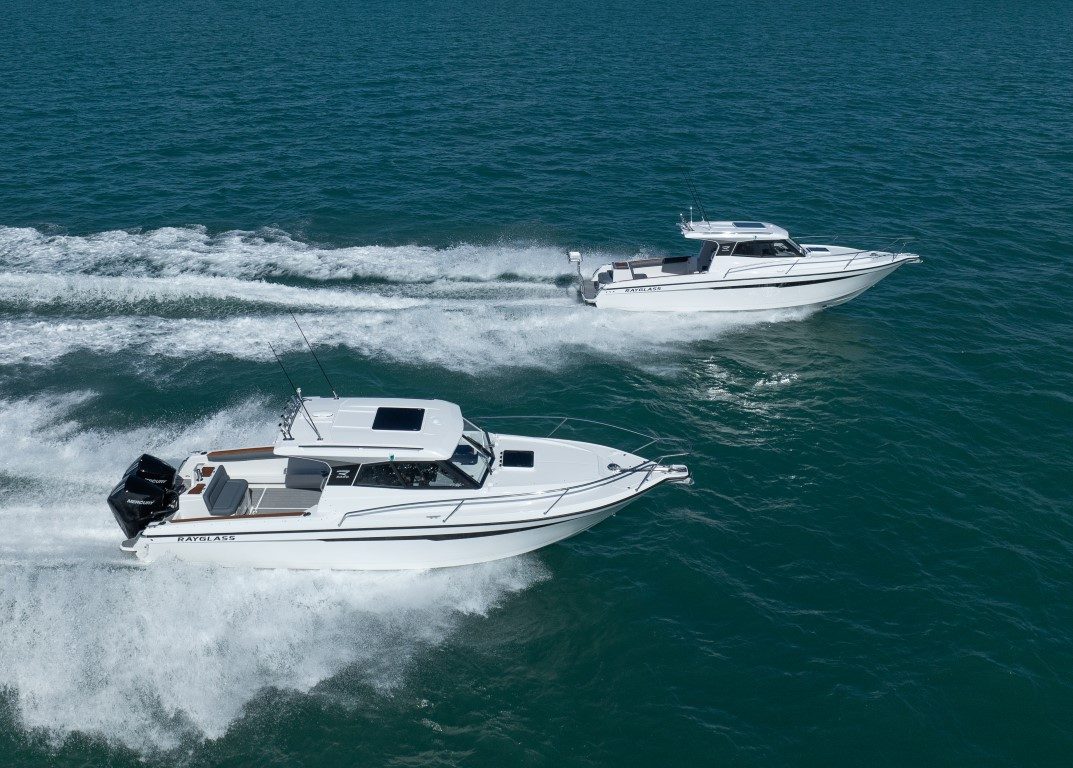‘Behemoth’ is a word which springs to mind or, perhaps more nautically, ‘leviathan’.
- Great handling
- Lots of space in the cockpit
- Pretty good fuel consumption for a boat this size
- A very ‘finished’ package – you won’t need to add anything else to this






















